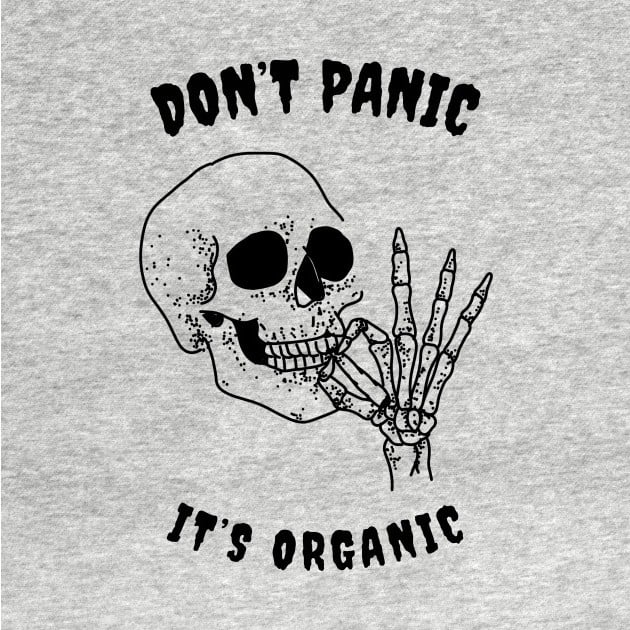>:^)
Fire is a chemical reaction. In a chemical reaction, molecules (themselves composed of a set of atoms) are rearranged in new molecules by creating and/or removing bound between atoms. Creating/removing these bounds will either release or absorb some amount of energy. When the reaction release energy, it is an exothermic reaction. When it absorb energy it is an endothermic reaction. Fire is the energy released by some exothermic reactions, in the form of heat and light.
Short answer is that fire is hot because it produces more energy than is used to start the reaction. Fire is, of course, a chemical reaction. You can learn more here: https://sciencenotes.org/why-is-fire-hot-how-hot-is-it/
We decided to call what fire does to us “hot” and what ice does to us as “cold”. They are physically both different manifestations of the same thing, temperature.
In one sentence: heat is the measurement of movement of particles, and fire is when particles move very quickly, therefore hot. This is a very very basic explanation of it
Fire is not fire. Therefore fire is not hot.
The distinction is between a thing in relation to other things and for us and a thing in itself. To the extent that water cannot wet, it is not water. To the extent that fire cannot burn, it is not fire. Yet precisely for not burning itself, fire is fire; and for not wetting itself, water is water. X is not X, therefore it is X. For precisely in its act of burning firewood, fire does not burn itself; and in not burning itself, it burns firewood. It burns in relation to something else, but in-itself (in relation to itself) it does not burn.
postmodernism has entered the chat




